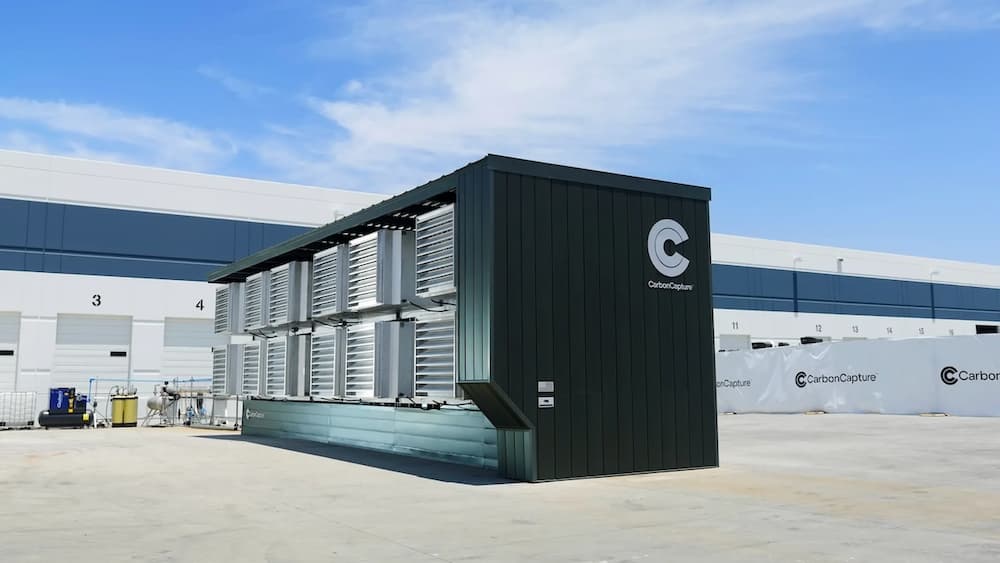
(Photo: iStock)
The sustainability efforts of tech giant Google have undergone a significant shift. According to their latest environmental report, Google's previously acclaimed operational carbon neutrality was disrupted last year. Instead of relying on large-scale carbon offset purchases, Google is now focusing on developing carbon removal technologies to compensate for the remaining emissions they can't reduce.
Additionally, the report indicates that Google's carbon emissions have not decreased but have increased significantly over the past five years, primarily due to the rise in energy consumption from data centers driven by AI development and the substantial increase in supply chain emissions.
Google shifts to costlier carbon removal technologies
Since 2007, Google has publicly committed to achieving carbon neutrality, which involved purchasing carbon credits to offset its emissions since its founding in 1998. However, the report clearly states, "Starting in 2023, we’re no longer maintaining operational carbon neutrality."
The World Economic Forum (WEF) explains that a carbon-neutral company must assess its emissions and reduce them internally before using external methods to decrease emissions or directly capture carbon dioxide from the atmosphere. Many companies claiming carbon neutrality, including Google, have primarily relied on "reduction-based carbon credits" obtained by preventing deforestation, building renewable energy, and other measures to reduce emissions.
Now, Google has changed its strategy, deciding to invest in carbon removal technologies, developing methods to directly remove carbon dioxide from the atmosphere. Although this approach is more costly, it is more effective in reducing emissions. The report also mentions three partner companies, Charm Industrial, CarbonCapture, and Lithos Carbon, with a plan to acquire a total of 62,500 tons of "removal-based carbon credits" between 2024 and 2028.

Direct air capture module from CarbonCapture. (Photo: CarbonCapture)
Data centers increase Google's power consumption by 17%
However, Google's direct and indirect emissions last year reached 14.3 million tons, with only a small portion offset by carbon credits. Most reductions are expected to come from their own efforts. The report highlights Google's commitment to the Science Based Targets initiative (SBTi) to achieve "absolute emission reductions," necessary to reach net zero by the end of 2030.
Google still maintains its previously set goal of achieving net zero by 2030, but the report acknowledges that the company's greenhouse gas emissions have increased due to the impact of AI development. Compared to the 2019 baseline, total emissions in 2023 surged by 48%, demonstrating the significant electricity demand from data centers supporting AI development. This increase led to a 17% rise in total power consumption, along with a substantial increase in supply chain emissions.





